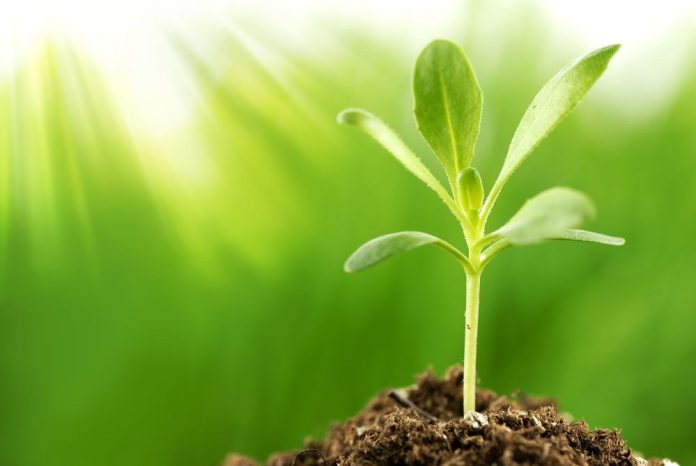A breakthrough discovery has been made in the area of botany, suggesting plants may use methods of communication with one another that involves the bidirectional transfer of genetic material.
The discovery is part of new study by Virginia Tech researcher Jim Westwood, and was published in the edition of the journal Science. The study by Westwood investigates the relationships held between parasitic plants and their hosts. Findings indicate that large amounts of genetic information, in the form of messenger ribonucleic acid, or mRNA, is passed back and forth between distinctly separate species of plants.
The findings open up an entirely new realm of science, and can be used to study relationships between parasitic plants and the food crops they destroy. According to the study, the discovery of the transfer of genetic material between species “supports the idea that RNA movement between separate plant individuals can function as a type of organismal communication.”
In this case, communication was noted between the parasitic plant, dodder, and two host species: tomatoes and Arabidopsis. Westwood found that the communication between the plants occurs when the dodder plant uses an haustorium, a penetrating apparatus, to inject mRNA into the host plant and take some of the host’s genetic material in exchange. Water and other nutrients are also capable of being transferred bidirectionally by this method.
According to the study, RNA movement between the cells of a plant regulates how its roots grow, when it flowers, and even the shape of its leaves.
Westwood, professor of plant pathology at Virginia Tech’s College of Agricultural and Life Sciences, states, “The discovery of this novel form of inter-organism communication shows that this is happening a lot more than any one has previously realized. Now that we have found that they are sharing all this information, the next question is, ‘What exactly are they telling each other’.”
Applications may help to develop a better understanding of how different species communicate with one another. Future studies may focus on whether this mechanism is utilized by fungi and bacterial species.















